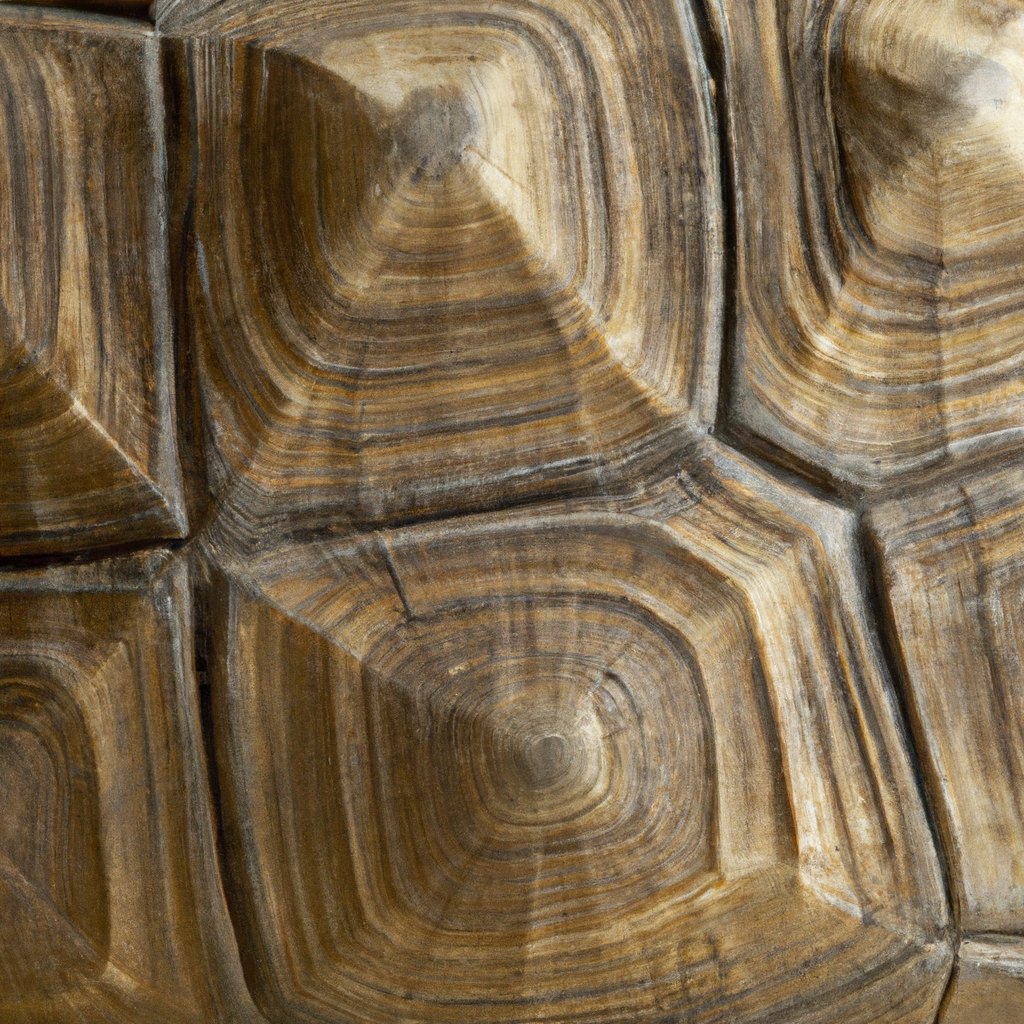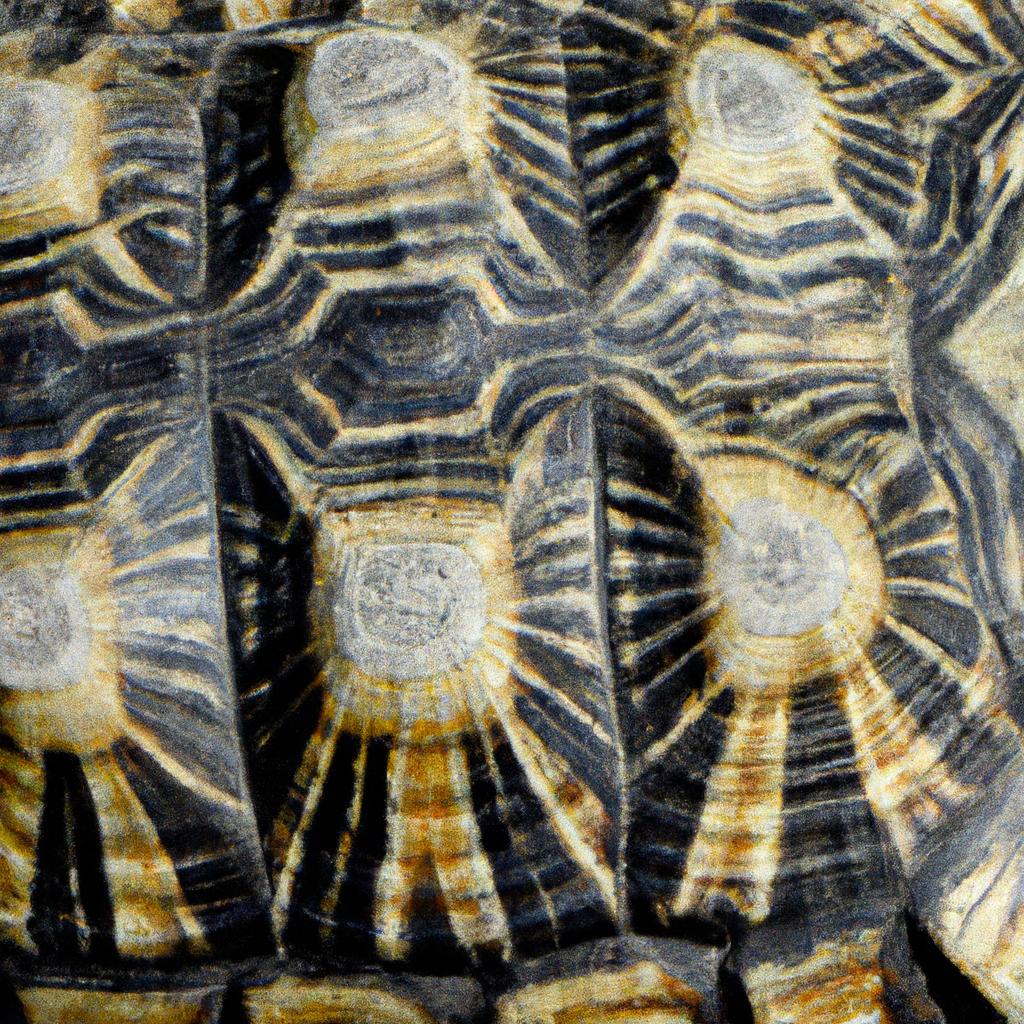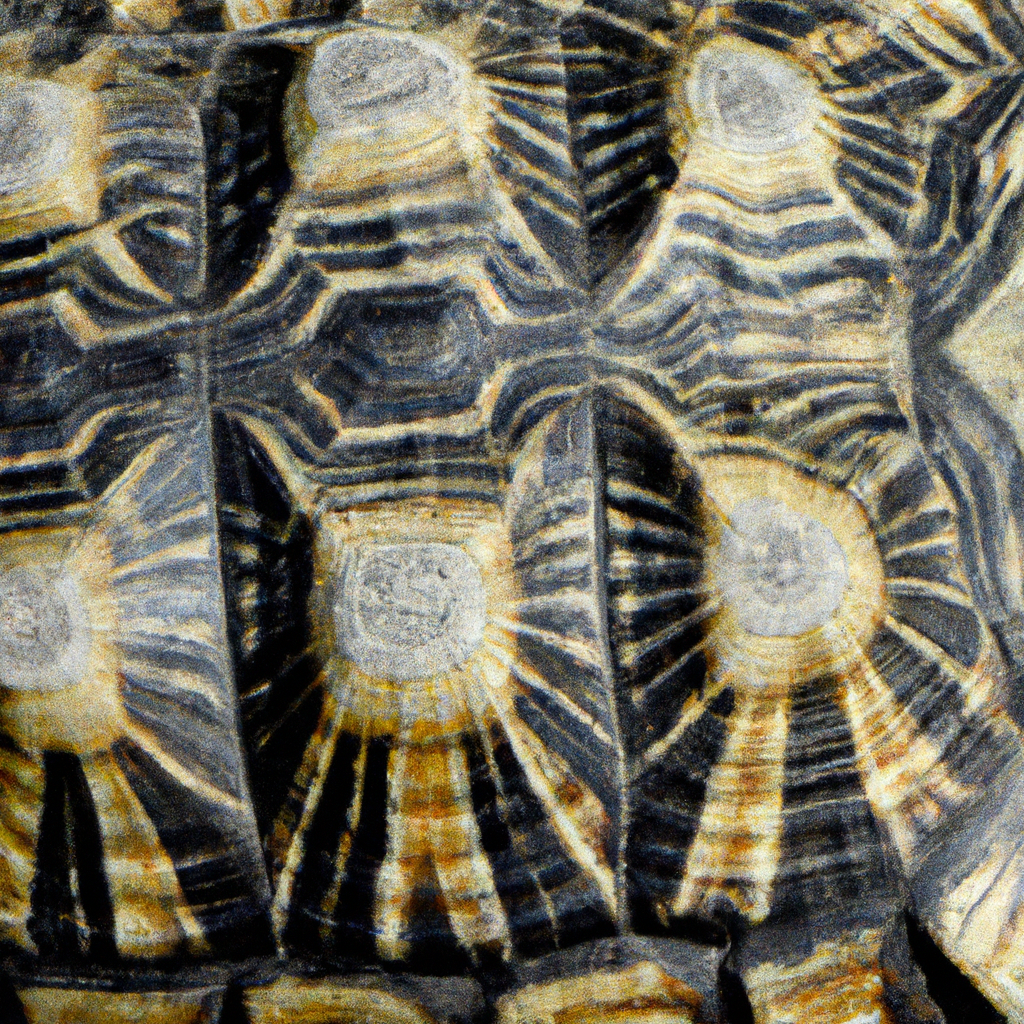So you’ve got yourself a pet turtle, and now you’re noticing some strange behavior – like flakes of skin floating in its tank. Don’t worry, your little shelled friend is simply going through the natural process of shedding, also known as molting. In this article, we’ll take a closer look at what turtle shedding entails, why it’s important, and provide you with some helpful care tips to ensure your turtle stays healthy and happy throughout the process. Get ready to dive into the world of turtle shedding!

I. What is Turtle Shedding?
A. Definition of shedding
Shedding, also known as molting, is a natural process in which turtles shed their old skin, scales, and shells to make way for new growth. Similar to how snakes shed their skin, turtles undergo shedding to rejuvenate their appearance and maintain the health of their protective outer layer.
B. Importance of shedding for turtles
Shedding is incredibly important for turtles for several reasons. Firstly, shedding allows turtles to replace any damaged or worn-out skin, scale, or shell layers. This helps with protection against potential injuries and infections. Additionally, shedding allows turtles to grow and expand their shells as they age. Without shedding, turtles would be unable to accommodate their growing bodies, which could lead to health complications.
C. Types of shedding in turtles
Turtles undergo several types of shedding depending on their species and age. The two main types of shedding observed in turtles are skin shedding and shell shedding. Skin shedding involves the shedding of the outer layer of skin, while shell shedding refers to the process of shedding scutes, which are the individual plates that make up a turtle’s shell. Both types of shedding are crucial for the overall health and well-being of the turtle.
II. Understanding the Molting Process
A. Signs that a turtle is about to shed
It is important to be able to recognize the signs that indicate a turtle is about to shed. These signs may vary depending on the individual turtle, but common indicators include a dull or faded appearance of the skin, increased scratching or rubbing against objects, and a decrease in appetite. Turtles may also become slightly more lethargic or exhibit changes in behavior prior to shedding.
B. Stages of the molting process
The molting process in turtles can be divided into several stages. The first stage is the pre-shedding stage, characterized by the aforementioned signs of an impending shed. Following the pre-shedding stage, turtles enter the actual shedding stage, where they actively shed their old skin or scutes. Once the shedding is complete, turtles enter the post-shedding stage, during which their fresh and vibrant new skin or scutes are fully exposed.
C. Duration of the shedding process
The duration of the shedding process can vary depending on various factors such as the turtle’s age, species, and overall health. For younger turtles, shedding tends to occur more frequently and may take less time compared to older turtles. On average, the shedding process can last anywhere from a few weeks to a couple of months. It is important to be patient during this process and avoid any unnecessary interference.

III. Care Tips for Turtle Shedding
A. Creating a suitable environment
Creating a suitable environment for your turtle is crucial to ensure a smooth shedding process. Maintain proper temperature and humidity levels in the turtle’s enclosure, as these factors play a significant role in the shedding process. Providing a basking area with a heat lamp and a separate area with higher humidity will give your turtle the option to regulate its body temperature and aid in the shedding process.
B. Providing proper nutrition
Proper nutrition is integral to the overall health of your turtle, especially during the shedding process. Ensure your turtle is receiving a well-balanced and varied diet consisting of commercial turtle pellets, fresh vegetables, and occasional protein sources such as insects or fish. Adequate nutrition helps support the development of healthy skin and shell, making the shedding process easier for your turtle.
C. Ensuring proper hydration
Hydration is essential for turtles undergoing shedding. Provide your turtle with a clean and accessible water source at all times. Consider offering shallow water for your turtle to soak in, as this can help hydrate the skin and make shedding easier. Regularly check the water temperature to ensure it is suitable for your turtle’s species and maintain cleanliness to prevent any infections.
D. Avoiding stress during shedding
Stress can negatively impact the shedding process for turtles. Minimize stress by providing plenty of hiding spots and ensuring a quiet and calm environment. Avoid excessive handling during shedding, as this can cause unnecessary stress and potentially interrupt the shedding process. By creating a stress-free environment, you can help your turtle shed more comfortably and successfully.
IV. Handling Shedded Skin
A. Importance of handling shedded skin
Handling shedded skin is important as it allows you to inspect the quality of the shed and monitor the overall health of your turtle. By examining the shedded skin, you can determine if there are any abnormalities or signs of underlying health issues. Additionally, handling shedded skin provides an opportunity to keep record of your turtle’s shedding patterns and identify any changes or irregularities.
B. Proper ways to handle shedded skin
When handling shedded skin, it is important to approach it with care. Make sure your hands are clean and dry to avoid any potential contamination. Gently pick up the shedded skin, taking care not to tear or damage it. Place it on a clean and dry surface for inspection. If you notice any abnormalities, such as discoloration or lesions, it may be advisable to consult a veterinarian for further evaluation.
V. Common Problems During Shedding
A. Retained shed
Sometimes, turtles may experience retained shed, where the shedded skin or scutes do not fully detach from the turtle’s body. This can lead to discomfort and potential health issues. If you notice retained shed, it is important to address it promptly. Consult a veterinarian for guidance on how to safely remove the retained shed to avoid any complications.
B. Abnormal shedding
Abnormal shedding refers to any deviation from the regular shedding process. This can include excessive shedding, incomplete shedding, or irregular shedding intervals. Abnormal shedding may be an indicator of an underlying health issue, such as nutritional deficiencies or infections. If you notice any abnormal shedding patterns, it is recommended to seek veterinary care to address any potential health concerns.
C. Shell infections
Shedding can sometimes expose vulnerable areas of a turtle’s shell, increasing the risk of shell infections. Shell infections can occur due to poor hygiene, inadequate nutrition, or exposure to bacteria or fungi. Signs of a shell infection may include redness, swelling, or discharge. If you suspect a shell infection, it is important to consult a veterinarian for proper diagnosis and treatment.
VI. Seeking Veterinary Care
A. When to seek veterinary care
While most shedding processes in turtles occur naturally without complications, there are instances where veterinary care may be necessary. If you notice any signs of severe discomfort, excessive bleeding, or ongoing issues with shedding, it is advisable to seek veterinary care. Additionally, if you are unsure about the overall health or condition of your turtle during shedding, consulting a veterinarian can provide reassurance and guidance.
B. What to expect during a veterinary visit for shed-related issues
During a veterinary visit for shed-related issues, the veterinarian will conduct a thorough examination of your turtle. They will assess the general health and condition of your turtle, paying particular attention to the shedding process and any abnormalities present. The veterinarian may take a sample of shedded skin or scutes for further analysis if necessary. Based on their findings, they will provide appropriate treatment recommendations to address any shed-related issues.
VII. Conclusion
Understanding the molting process in turtles is essential for providing proper care and promoting the overall health and well-being of these fascinating creatures. By recognizing the signs of shedding, creating a suitable environment, providing appropriate nutrition and hydration, handling shedded skin properly, and addressing any potential problems, you can ensure that your turtle goes through the shedding process smoothly and maintain their health for years to come. Remember, if you ever have concerns or questions about your turtle’s shedding, don’t hesitate to consult a qualified veterinarian for guidance.
